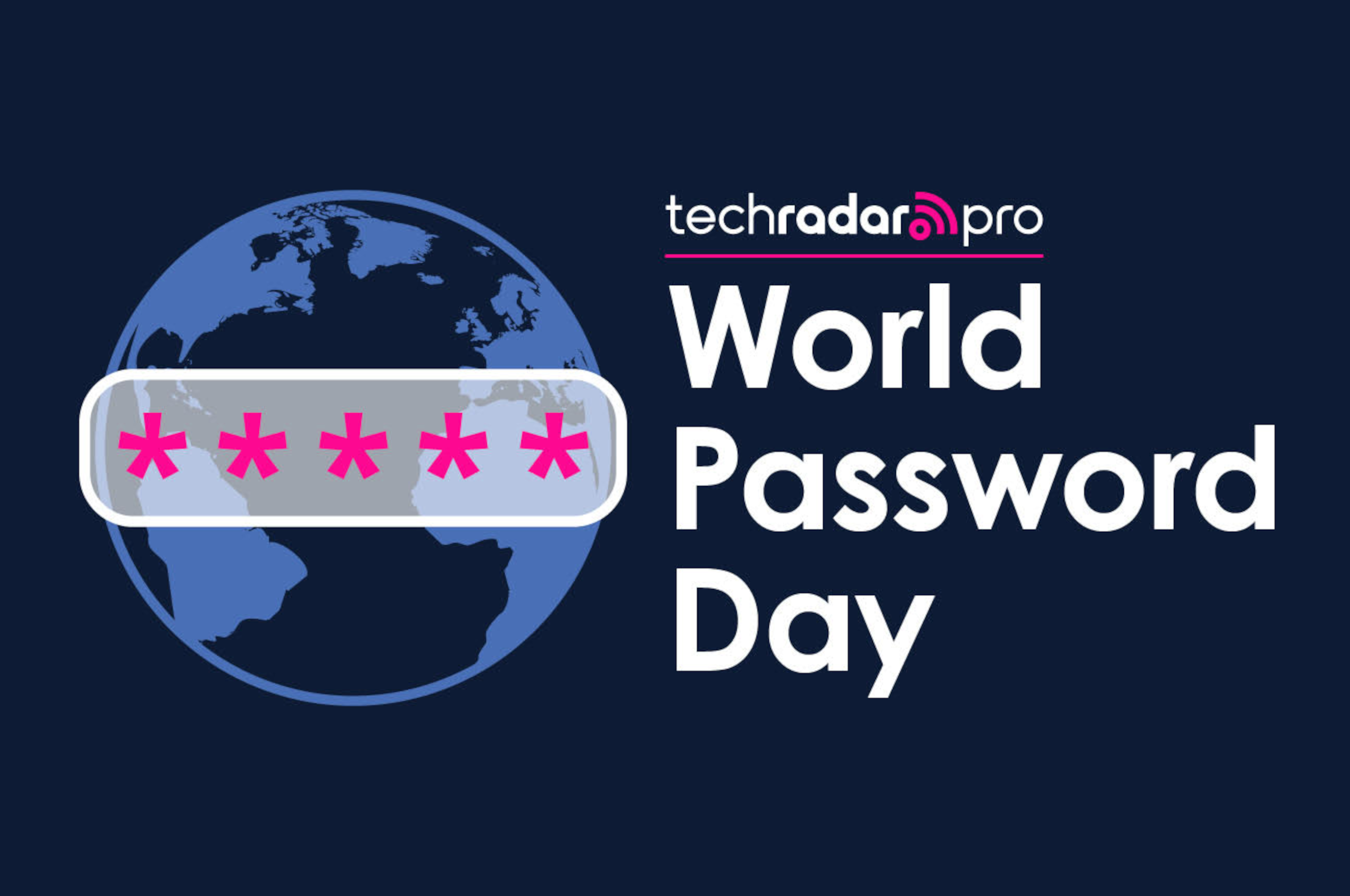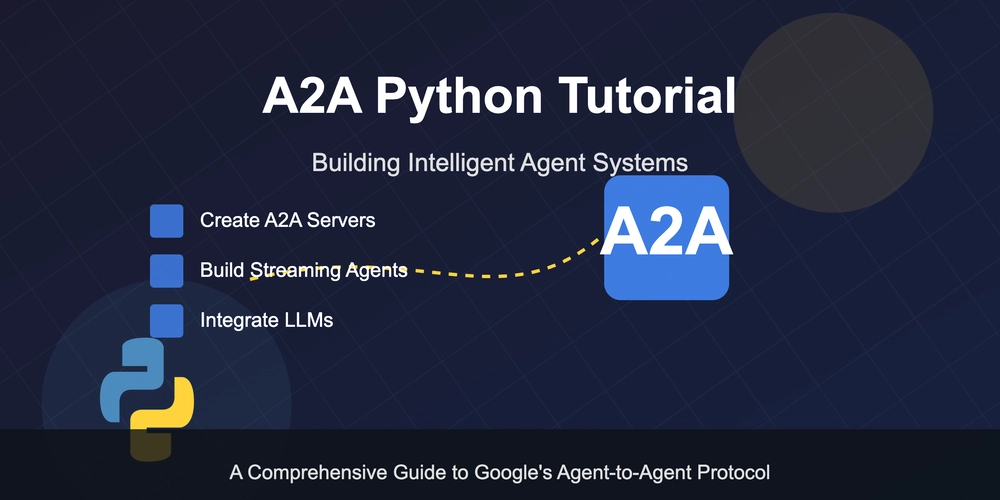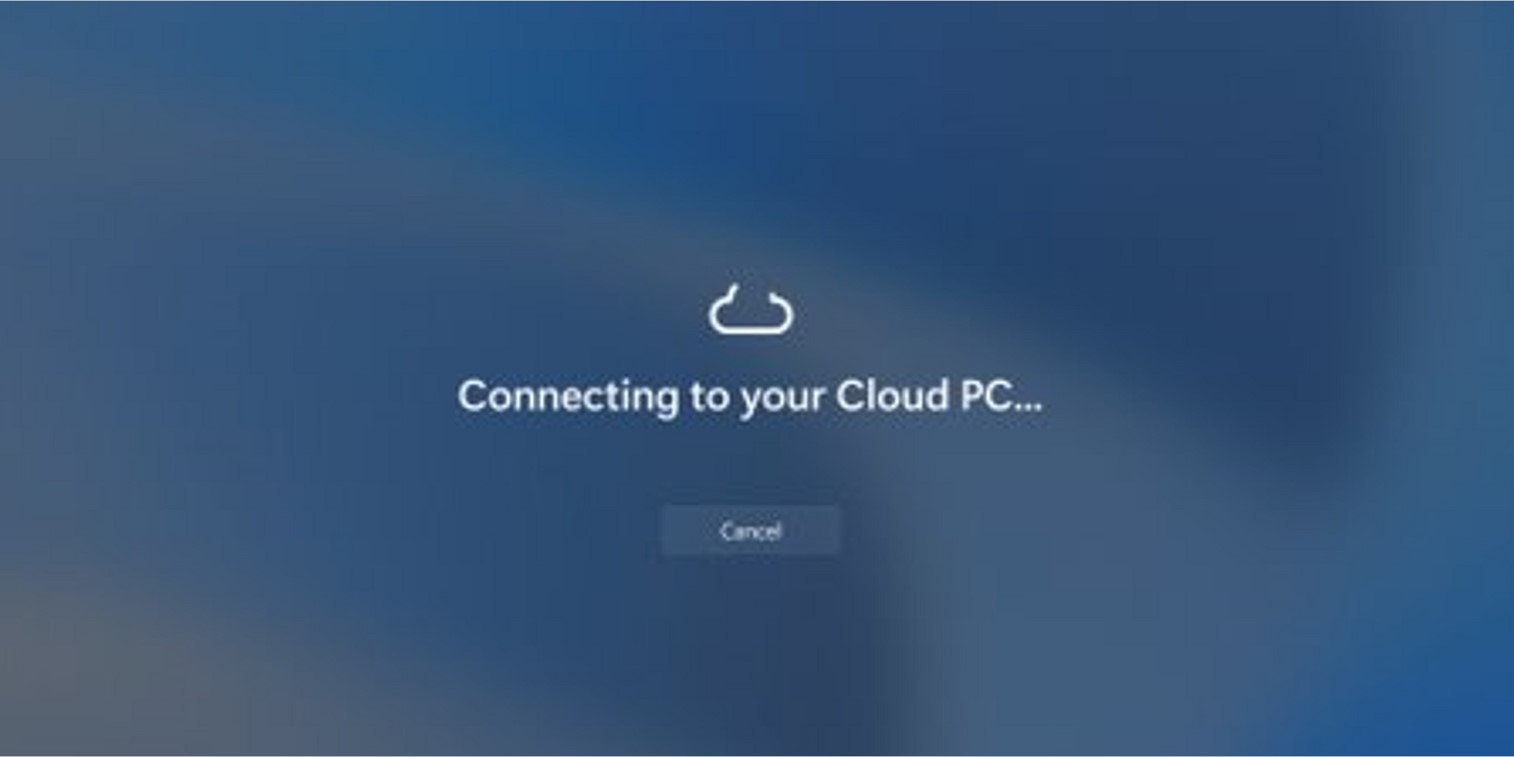Mitigating Insider Threats – A CISO’s Comprehensive Guide
In today’s interconnected business environment, organizations face growing cybersecurity risks, with insider threats emerging as one of the most significant challenges. Unlike external attacks, insider threats originate from employees, contractors, or partners with legitimate access to company systems and data. Recent reports indicate that over 83% of organizations experienced at least one insider attack, with […] The post Mitigating Insider Threats – A CISO’s Comprehensive Guide appeared first on Cyber Security News.

In today’s interconnected business environment, organizations face growing cybersecurity risks, with insider threats emerging as one of the most significant challenges.
Unlike external attacks, insider threats originate from employees, contractors, or partners with legitimate access to company systems and data.
Recent reports indicate that over 83% of organizations experienced at least one insider attack, with some seeing a fivefold increase in multiple incidents compared to previous years.
These threats can manifest as malicious actions from disgruntled employees, negligent behavior from well-meaning staff, or compromised credentials that allow external attackers to operate as insiders.
For Chief Information Security Officers (CISOs), developing a comprehensive insider threat mitigation strategy is no longer optional—it’s imperative for protecting sensitive data, intellectual property, and organizational operations.
Understanding the Insider Threat Landscape
Insider threats typically fall into three categories: malicious insiders who intentionally cause harm for personal gain or revenge; negligent insiders who inadvertently compromise security through carelessness or lack of awareness; and unwitting insiders who become accomplices by falling victim to phishing or social engineering attacks.
These threats are particularly challenging because they exploit legitimate access, bypassing traditional perimeter defenses that organizations typically rely on.
Insider threats pose risks including data breaches, intellectual property theft, operational sabotage, and financial fraud. These incidents can result in significant financial losses, regulatory penalties, reputational damage, and disruption of business operations.
The complexity of detecting insider threats is compounded by the fact that the activities often appear normal since they’re performed using authorized credentials, making traditional security measures insufficient for comprehensive protection.
Key Strategies for Effective Insider Threat Mitigation
- Create a Cross-Functional Insider Risk Program: Establish a dedicated program that extends beyond your security team to include HR, legal, compliance, and operations stakeholders. This cross-functional approach provides visibility into employee engagement and performance indicators that may signal potential insider risks. The team should identify critical assets, potential threat sources, and develop clear policies for risk assessment and incident handling.
- Implement Strict Access Controls: Enforce the principle of least privilege to ensure employees only have access to data and systems essential for their roles. Conduct regular access reviews to prevent permission drift, implement strong authentication mechanisms including multi-factor authentication, and establish proper offboarding procedures to immediately revoke access when employees depart.
- Deploy User Behavior Analytics: Leverage advanced monitoring tools that can detect anomalous activities through artificial intelligence and behavioral analysis. These solutions can identify unusual patterns such as accessing systems at odd hours, excessive data downloads, or authentication from unexpected locations. Real-time monitoring provides early warning signs of potential insider threats before significant damage occurs.
- Conduct Comprehensive Security Training: Develop regular awareness programs that educate employees about security policies, recognizing phishing attempts, proper data handling, and the importance of reporting suspicious activities. Training should be ongoing rather than a one-time event, incorporating simulations and real-world scenarios to reinforce secure behaviors across the organization.
- Establish an Insider-Specific Incident Response Plan: Develop clear procedures for investigating and responding to potential insider incidents. This plan should include roles and responsibilities, communication protocols, containment strategies, and legal considerations specific to insider threats. Anonymous reporting channels should be established to encourage employees to report concerns without fear of retaliation.
Building a Security-Conscious Organizational Culture
Creating a culture where security is everyone’s responsibility represents the most sustainable approach to insider threat mitigation. This requires leadership commitment, transparent communication, and the integration of security practices into daily operations.
Security awareness must extend beyond periodic training sessions to become embedded in the organizational mindset, where employees naturally consider security implications in their decisions and actions.
Leaders must model secure behaviors and emphasize that security protocols exist to protect both the company and its employees, rather than simply to restrict activities.
Effective culture-building begins with clear, accessible security policies that explain the “why” behind requirements, helping employees understand how their actions contribute to organizational security.
Regular communication about evolving threats and emerging best practices keeps security top-of-mind without creating alarm. Performance reviews and recognition programs should incorporate security metrics to reinforce that good security practices are valued and rewarded.
- Foster transparent communication channels: Encourage open dialogue about security concerns and create multiple pathways for employees to report suspicious activities anonymously. When employees feel safe reporting potential issues without fear of repercussions, organizations gain valuable early warning intelligence about possible insider threats.
- Integrate security into business processes: Rather than treating security as a separate function, embed security considerations into workflows, software development, procurement decisions, and partner relationships. This integration normalizes security thinking and reduces friction between business objectives and security requirements.
By implementing these strategies while balancing monitoring with trust, organizations can significantly reduce insider threat risks while maintaining the operational agility needed in today’s competitive business environment.
Find this News Interesting! Follow us on Google News, LinkedIn, & X to Get Instant Updates!
The post Mitigating Insider Threats – A CISO’s Comprehensive Guide appeared first on Cyber Security News.





































































































































































![[The AI Show Episode 145]: OpenAI Releases o3 and o4-mini, AI Is Causing “Quiet Layoffs,” Executive Order on Youth AI Education & GPT-4o’s Controversial Update](https://www.marketingaiinstitute.com/hubfs/ep%20145%20cover.png)
















































































































































































.jpg?#)


































































































.webp?#)













































































































![Apple Reports Q2 FY25 Earnings: $95.4 Billion in Revenue, $24.8 Billion in Net Income [Chart]](https://www.iclarified.com/images/news/97188/97188/97188-640.jpg)




































































































